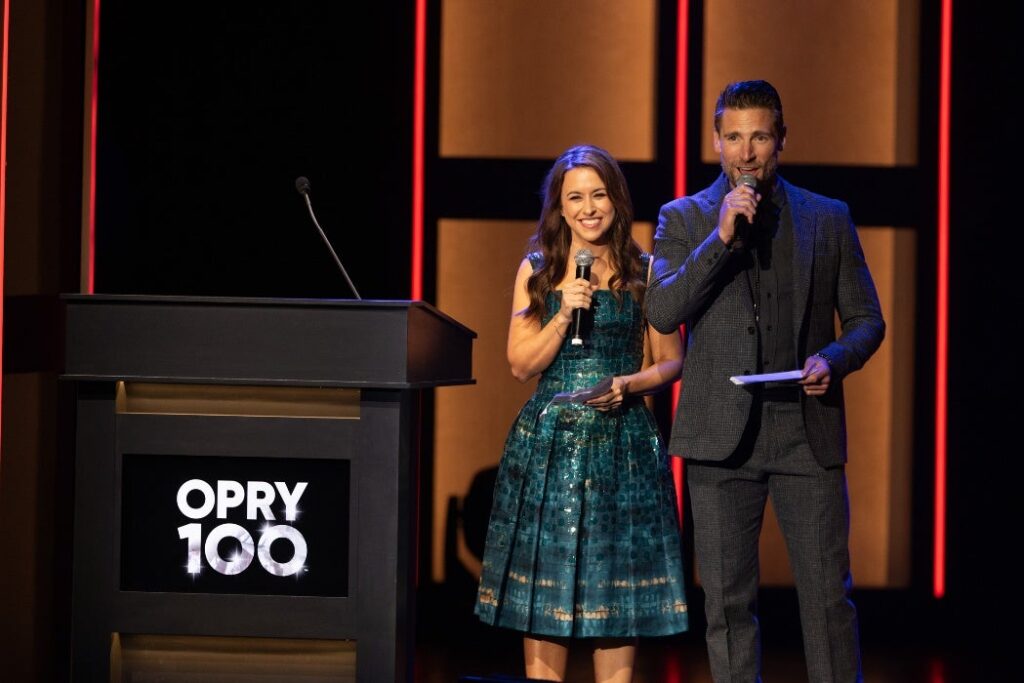“But what do I write about?” is a question that keeps many a newsletter editor awake at night. It’s time to start getting a good night’s sleep instead.
How? Stop reinventing the wheel. Thanks to professional newspaper and magazine editors, you already have all the story types and templates you’ll ever need. Because professional news publications have a voracious, unquenchable appetite for content (inelegantly known in the trade as a “news hole”), editors have learned to avoid wasting time trying to create new types of articles. Instead, they apply their creativity and energy to finding new topics for the old, reliable story forms. As a newsletter editor, you shall go and do likewise.
But first, you need to know the basic article types. Only then can you apply them to your newsletter’s specialized topic – what the old pros call your “beat.”
Here, then, are the most basic article types used by professional newspaper and magazine editors. All are ready to be adapted to your newsletter’s concerns and format:
Breaking News: An event, either important or surprising, that has occurred quite recently – that is, since your last issue. What’s called for here are the four W’s: who, what, where and when. Depending on your newsletter’s subject, your idea of news might include job appointments, contest winners, contracts and partnerships, patent awards, or survey results.
Second-Day News: Here we add the fifth W, namely, why. Something important has happened, everyone already knows about it, but no one knows what it all means or why it really happened. Your job, then, is to put the news in perspective, explain why it’s important, and predict how it will likely affect your readers. For example, while you’re unlikely to scoop the dailies on the next presidential election, you are in a great position to explain what those results might mean for your newsletter’s readers’ top concerns.
Profile: An in-depth look at a person, group of people, or organization in the news. Here, you’re essentially satisfying the reader’s curiosity: “What’s so-and-so really like?” A variant is the “day in the life” article, in which the writer follows the profile subject around for a short period of time, then writes a short summary of what transpired.
Case Study: Basically a look at “how they did it.” A person or group has achieved something of interest to your readers. The case study gives details of their achievement and explains how they overcame obstacles, etc. For example, you might write a case study of the sales team that exceeded its annual quota by 30 percent. How did they do it? What can others learn from their success?
Trend: A cluster of related events seems to reveal a new mode of behavior. A trends article describes the pattern, gives evidence that it’s real, and tries to figure out why it’s happening now.
Q&A: An article that is essentially a transcribed (though edited) interview with a person who, for some reason, is likely to arouse the reader’s curiosity. Related to the Profile, but with the advantage that it’s much easier to write.
Calendar: Upcoming events, promotions, contests, trips, and the like. Many editors mistakenly consider these to be filler, probably because calendars are so easy to assemble. But readers love them. Bonus: If your newsletter is designed to drive traffic to a Web site, be sure to include a calendar; it’s guaranteed to increase your click-through rate.
Letter from the Editor: A short, pointed, and, one hopes, witty introduction to the issue and some of the main issues facing the readership. Keep it relevant to your mission and your readers. For example, unless you’re editing the NRA’s newsletter, this isn’t the place to discuss your views on gun control.
These are the old editor’s basic story types. Next time you’re wondering what to write for your next newsletter issue, pull out this list. Ask yourself, “What do I have that can be presented as breaking news? As second-day news? In a profile?” Work through the entire list, and I guarantee you’ll have enough for that next issue. Meantime, catch up on that lost sleep.
Peter Krass is president of Petros Consulting LLC (www.PetrosConsulting.com), a firm that helps clients dramatically improve written communications to attract, nurture, and develop excellent customers, quality suppliers, committed employees, and long-term partners. The firm’s clients include Nokia, CFO Magazine, and CMP Media.



